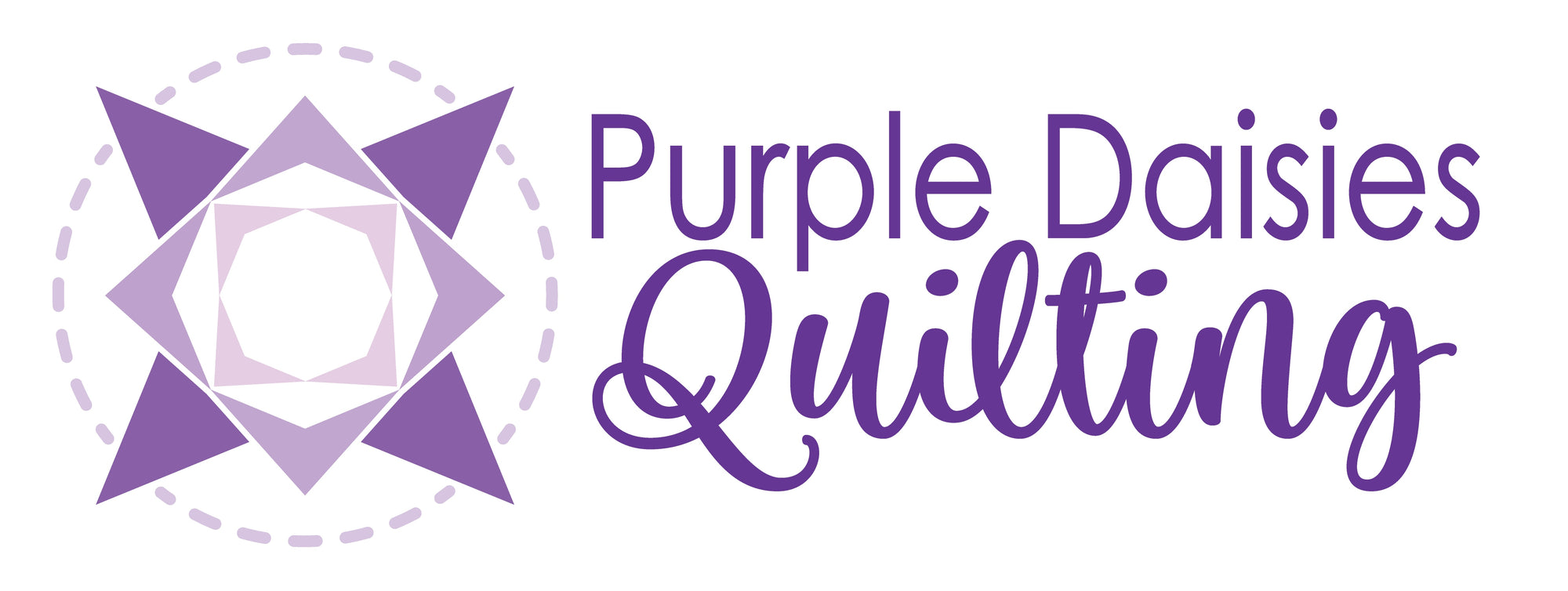-
Blog
-
Fabric
- Clearance Fabric - 30% off
- Featured Bundle of the Month
-
Fabric Collections
- AGF Studio
- BEST Ombre Confetti by V and Co.
- Color Crush by V and Co.
- Floral Elements by Art Gallery Fabrics
- Grunge by BasicGrey
- I Heart Ombre by V and Co.
- Moda Bella Solids
- Ombre by V and Co. (original)
- Ombre Confetti by V and Co.
- Ombre Fairy Dust by V and Co.
- Ombre Flurries by V and Co.
- Ombre Galaxy Metallic by V and Co.
- Ombre Wovens by V and Co.
- PURE Solids by Art Gallery Fabrics
- Spotted by Zen Chic
- Thatched by Robin Pickens
- 108" wide Ombre Confetti Backing Fabric by V and Co.
- Gilded by Alli K.
-
Fabric Designers
-
Fabric Manufacturers
-
Precut Bundles
- Quilt Kits
- Seasonal Bundles & Kits
-
New Fabrics
-
Fabrics by Color
-
Hand Dyed Fabric
- Coming Soon - Preorder
- Scrap Bags & Bolt Ends
- All Yardage
- All Fabric
- Last Chance Fabrics
- Destash Fabric Sale!
- Discontinued Fabrics (all gone)
-
Patterns
- Pattern & Bundle of the Month
-
Pattern Designers
- A Quilted Life - Krista Moser
- Alison Glass
- Cluck Cluck Sew
- Cristy Fincher
- Latifah Saafir
- Laundry Basket Quilts
- Laura Heine - Fiberworks
- Lo & Behold Stitchery
- Lori Holt
- Modern Handcraft
- Needle in a Hayestack
- Pen + Paper Patterns
- Quilty Love - Emily Dennis
- Robin Pickens
- Sharon Schamber
- Toad & Sew
- V & Co.
- Violet Craft
- Color Girl Quilts
- Nydia Kehnle
- New Patterns
- $6 Quilt Blocks - PDFs
- Quilt Kits
- Seasonal Quilt Patterns
- All Patterns
-
Patterns by Type
-
Applique
- Quilt Binding
- Printed Quilting Patterns
- Quilt Designing
- Quilt Painting
- Hand-dying Fabric
- 2019 BOM - The Gardens
-
2018 BOM - Stellar Stars
-
2017 BOM - Silk Society Stash
- Books
- Pen + Paper Patterns - Quilt Kits
-
Notions
- New Notions & Supplies
-
Fun Stuff!
- Glue Basting
-
Thread
- Rulers & Cutters
- Pins & Needles
- Marking Tools
- Interfacing & Foundation
- Pressing Boards & Irons
- For Machine Quilting
- For Applique
- For Curved Piecing
- For Foundation Piecing
- For Machine Embroidery
- For Color & Design
-
Shop by Brand
- Monthly Clubs
- Preorder Class Kits
-
Online Courses
-
Free Motion Quilting
- Digitial Quilting Designs
- Blog
-
Fabric
- Clearance Fabric - 30% off
- Featured Bundle of the Month
-
Fabric Collections
- AGF Studio
- BEST Ombre Confetti by V and Co.
- Color Crush by V and Co.
- Floral Elements by Art Gallery Fabrics
- Grunge by BasicGrey
- I Heart Ombre by V and Co.
- Moda Bella Solids
- Ombre by V and Co. (original)
- Ombre Confetti by V and Co.
- Ombre Fairy Dust by V and Co.
- Ombre Flurries by V and Co.
- Ombre Galaxy Metallic by V and Co.
- Ombre Wovens by V and Co.
- PURE Solids by Art Gallery Fabrics
- Spotted by Zen Chic
- Thatched by Robin Pickens
- 108" wide Ombre Confetti Backing Fabric by V and Co.
- Gilded by Alli K.
- Fabric Designers
- Fabric Manufacturers
- Precut Bundles
- Quilt Kits
- Seasonal Bundles & Kits
- New Fabrics
- Fabrics by Color
- Hand Dyed Fabric
- Coming Soon - Preorder
- Scrap Bags & Bolt Ends
- All Yardage
- All Fabric
- Last Chance Fabrics
- Destash Fabric Sale!
- Discontinued Fabrics (all gone)
-
Patterns
- Pattern & Bundle of the Month
-
Pattern Designers
- A Quilted Life - Krista Moser
- Alison Glass
- Cluck Cluck Sew
- Cristy Fincher
- Latifah Saafir
- Laundry Basket Quilts
- Laura Heine - Fiberworks
- Lo & Behold Stitchery
- Lori Holt
- Modern Handcraft
- Needle in a Hayestack
- Pen + Paper Patterns
- Quilty Love - Emily Dennis
- Robin Pickens
- Sharon Schamber
- Toad & Sew
- V & Co.
- Violet Craft
- Color Girl Quilts
- Nydia Kehnle
- New Patterns
- $6 Quilt Blocks - PDFs
- Quilt Kits
- Seasonal Quilt Patterns
- All Patterns
- Patterns by Type
- Applique
- Quilt Binding
- Printed Quilting Patterns
- Quilt Designing
- Quilt Painting
- Hand-dying Fabric
- 2019 BOM - The Gardens
- 2018 BOM - Stellar Stars
- 2017 BOM - Silk Society Stash
- Books
- Pen + Paper Patterns - Quilt Kits
-
Notions
- New Notions & Supplies
- Fun Stuff!
- Glue Basting
- Thread
- Rulers & Cutters
- Pins & Needles
- Marking Tools
- Interfacing & Foundation
- Pressing Boards & Irons
- For Machine Quilting
- For Applique
- For Curved Piecing
- For Foundation Piecing
- For Machine Embroidery
- For Color & Design
- Shop by Brand
- Monthly Clubs
- Preorder Class Kits
- Online Courses
- Free Motion Quilting
- Digitial Quilting Designs




















Mona S
October 28, 2021
Thank you so much for this clear tutorial. I have been taught this method in a class but unfortunately completely forgotten how to do it and been searching for a good tutorial. Now I found it and this time I’ll save it, print it and practise it several times so as not to forget it.
Thank you again, I’m off to look for more of your tutorials.